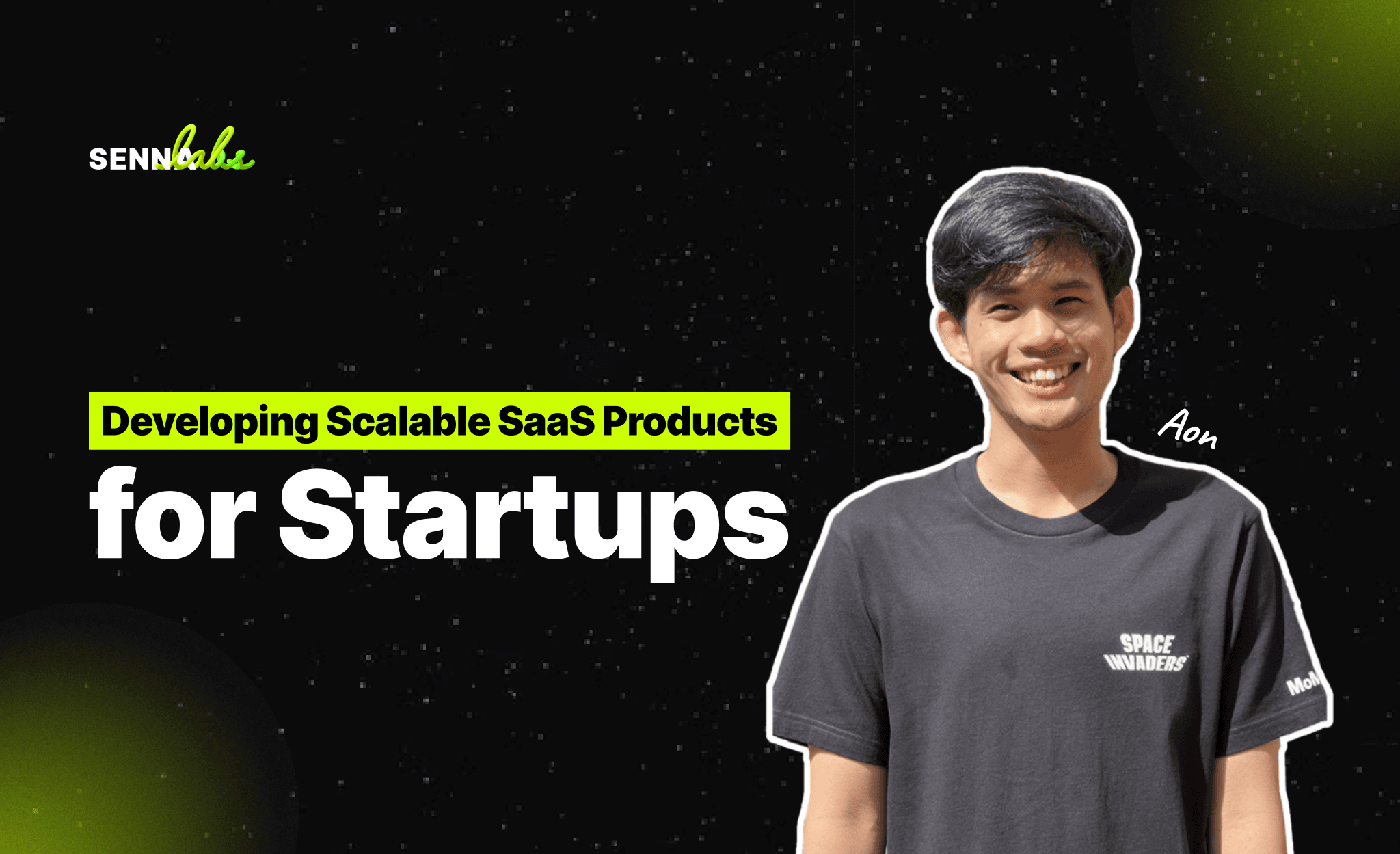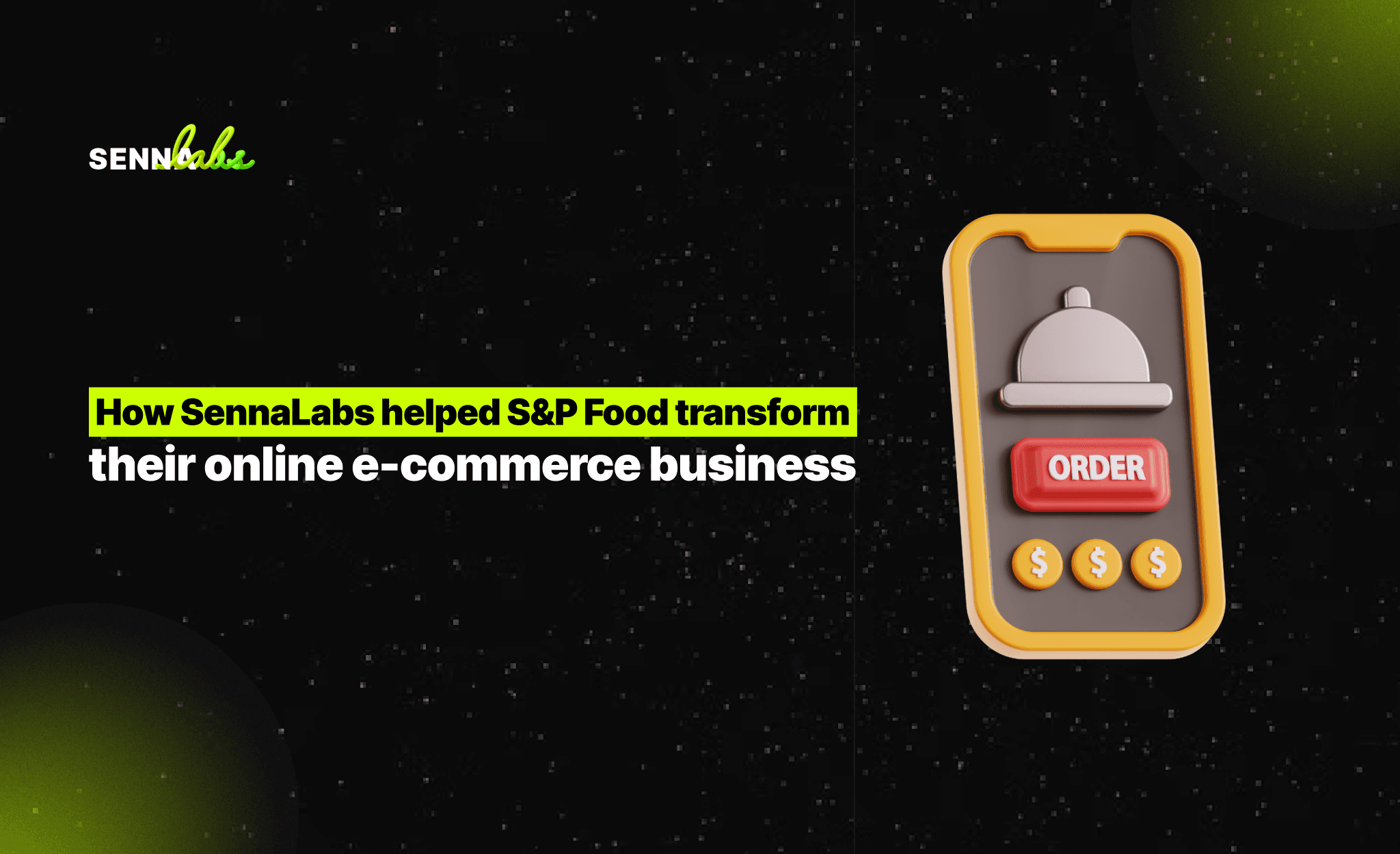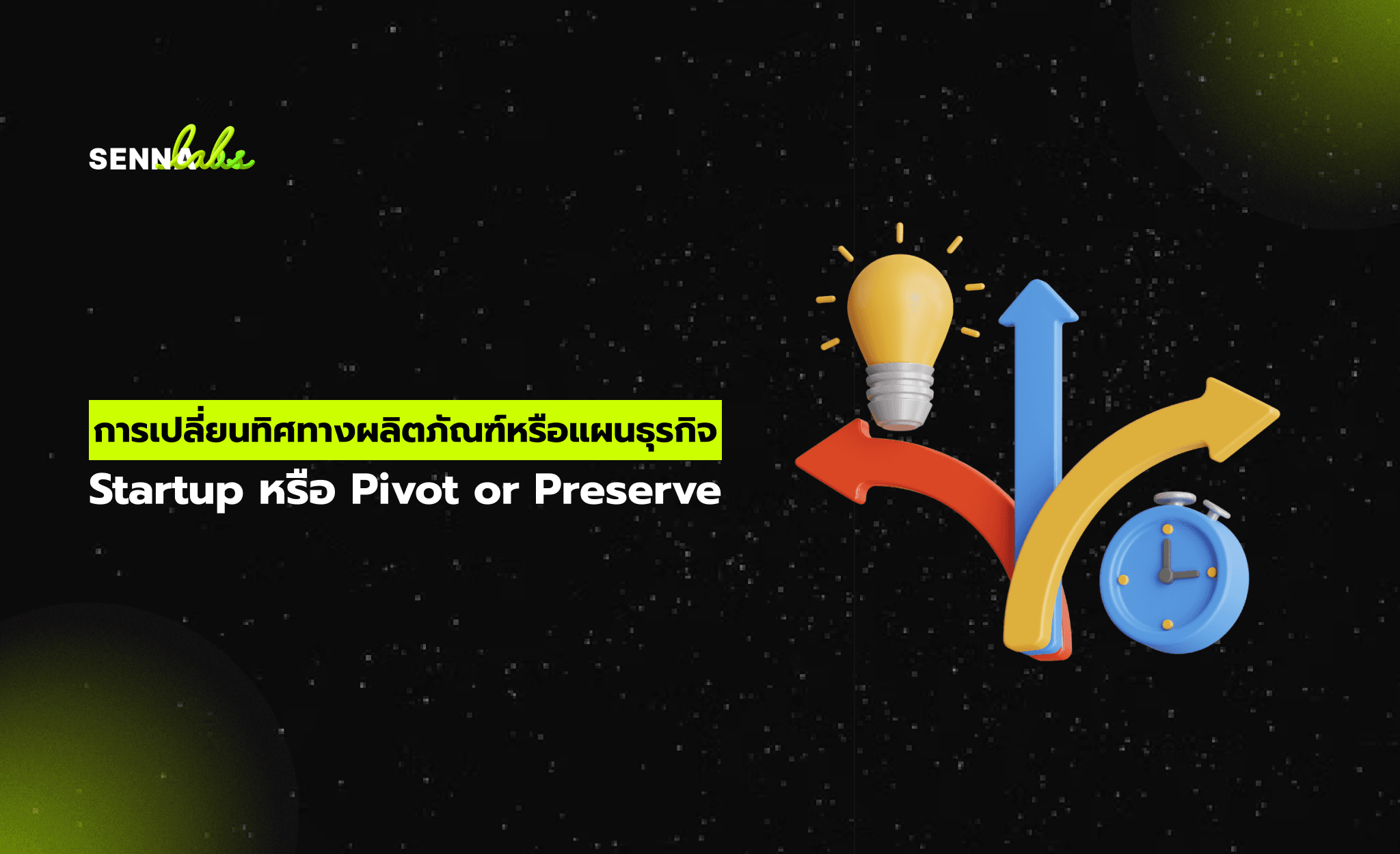Developing Scalable SaaS Products for Startups
Share

For startups, creating a scalable Software-as-a-Service (SaaS) product is a strategic way to enter competitive markets, generate recurring revenue, and meet evolving customer demands. SaaS platforms, delivered via the cloud, offer unparalleled flexibility and cost-effectiveness, making them an ideal choice for startups looking to launch innovative solutions.
One notable use case of SaaS development is a subscription-based project management tool. Such tools empower businesses to manage tasks, collaborate, and track progress efficiently, all while adapting seamlessly as the user base expands. This article explores how startups can develop scalable SaaS products, focusing on the unique challenges and opportunities involved in creating project management software.

What is SaaS?
SaaS is a software delivery model where applications are hosted in the cloud and accessed by users via the internet. Instead of purchasing software outright, users subscribe to SaaS products, often paying a recurring fee. This model benefits startups and customers alike by:
-
Reducing Upfront Costs: SaaS eliminates the need for expensive hardware and infrastructure.
-
Ensuring Accessibility: Applications are available anytime, anywhere, on multiple devices.
-
Facilitating Updates: Cloud-based systems allow seamless updates without disrupting user experiences.
Use Case: Subscription-Based Project Management Tool
Project management tools are essential for businesses aiming to streamline operations, improve collaboration, and meet deadlines. A subscription-based SaaS model for such tools offers scalability and cost-effectiveness, particularly for startups.
Key Features of a SaaS Project Management Tool
-
Task Management:
-
Users can create, assign, and track tasks across projects.
-
Task prioritization, deadlines, and progress tracking enhance productivity.
-
Team Collaboration:
-
Real-time collaboration tools, such as shared documents, chat features, and activity feeds, enable teams to stay connected.
-
Role-based access ensures that sensitive information is shared only with relevant team members.
-
Time Tracking:
-
Built-in timers and timesheets help teams monitor how much time is spent on specific tasks or projects.
-
Time tracking integrates seamlessly with billing features for client invoicing.
-
File Sharing:
-
Secure file storage and sharing enable teams to access important documents without switching platforms.
-
Version control ensures that teams always work with the latest files.
-
Dashboards and Reporting:
-
Interactive dashboards provide insights into project performance and team productivity.
-
Customizable reports enable users to generate data visualizations tailored to their needs.
-
Mobile Accessibility:
-
Mobile-friendly interfaces allow users to manage projects on the go, ensuring productivity from anywhere.
-
Integration with Other Tools:
-
APIs enable seamless integration with popular tools like email, CRM systems, and accounting software.
-
This reduces the need for manual data entry and enhances workflow efficiency.
Why Scalability Matters for SaaS Startups
Scalability is a core requirement for any SaaS product, particularly for startups that aim to grow their user base rapidly. A scalable SaaS product can handle increased demand without sacrificing performance or user experience. Here’s why scalability is crucial:
-
Accommodating Growth: As the number of users increases, the platform must maintain seamless functionality.
-
Enhancing User Experience: Scalable systems ensure fast load times, minimal downtime, and smooth interactions, regardless of traffic spikes.
-
Optimizing Costs: A scalable architecture adjusts resources dynamically, avoiding over-provisioning or under-utilization.
-
Facilitating Global Reach: Scalable systems support localization and regional compliance, enabling startups to expand into international markets.
Steps to Develop a Scalable SaaS Product
-
Identify Target Users and Needs:
-
Conduct market research to understand the pain points of your target audience.
-
Gather insights into features users value most in a project management tool.
-
Choose the Right Tech Stack:
-
Opt for technologies that support scalability, such as microservices architecture, containerization (e.g., Docker), and cloud platforms (e.g., AWS, Azure).
-
Use programming languages and frameworks optimized for performance, such as Python, Node.js, or Ruby on Rails.
-
Adopt a Scalable Architecture:
-
Implement a microservices architecture that breaks the application into independent, scalable modules.
-
Use load balancers to distribute traffic evenly and ensure optimal performance during high-demand periods.
-
Leverage Cloud Infrastructure:
-
Cloud platforms like AWS or Google Cloud provide flexible resources to scale applications on demand.
-
Use managed services, such as databases (e.g., Amazon RDS) and serverless functions, to reduce infrastructure management overhead.
-
Implement Multi-Tenancy:
-
A multi-tenant architecture allows multiple customers (tenants) to share the same infrastructure while keeping their data isolated.
-
This approach maximizes resource efficiency and reduces operational costs.
-
Ensure Robust Security:
-
Implement data encryption, secure APIs, and compliance with standards such as GDPR or SOC 2.
-
Include features like single sign-on (SSO) and two-factor authentication (2FA) for enhanced security.
-
Focus on UX/UI Design:
-
Create an intuitive interface with responsive design to provide a seamless experience across devices.
-
Conduct usability testing to ensure that users can navigate the platform effortlessly.
-
Incorporate Analytics and Feedback Loops:
-
Use analytics tools to track user behavior and identify areas for improvement.
-
Gather customer feedback regularly to refine features and address pain points.
-
Test for Scalability:
-
Conduct load testing to simulate high-traffic scenarios and identify performance bottlenecks.
-
Optimize code and infrastructure based on test results to ensure smooth scalability.
-
Adopt Continuous Deployment:
-
Use CI/CD pipelines to automate code integration, testing, and deployment.
-
Frequent updates ensure that users benefit from new features and bug fixes promptly.
Challenges in SaaS Development
-
High Initial Development Costs:
Building a robust and scalable SaaS platform requires significant investment in development and infrastructure. -
Security and Compliance:
Ensuring data protection and meeting regulatory requirements can be complex, especially for startups with limited resources. -
Competition:
The SaaS market is highly competitive, making it essential to differentiate your product through unique features and superior user experience. -
Customer Retention:
With subscription-based models, retaining customers is critical. Startups must continuously innovate and provide value to minimize churn.
Best Practices for SaaS Product Development
-
Start with a Minimum Viable Product (MVP):
-
Focus on delivering core functionalities to validate your idea and gather user feedback.
-
Use the MVP to identify features that resonate most with your audience.
-
Prioritize Customer Support:
-
Provide responsive and reliable support to address user concerns.
-
Use in-app chat, FAQs, and tutorials to enhance the customer experience.
-
Iterate Continuously:
-
Adopt Agile development practices to deliver frequent updates based on user feedback.
-
Use A/B testing to experiment with new features and optimize performance.
-
Offer Flexible Pricing Plans:
-
Provide tiered subscription options to cater to businesses of different sizes and needs.
-
Include a free trial to attract potential customers and demonstrate value.
-
Leverage Marketing Tools:
-
Use content marketing, social media, and email campaigns to reach your target audience.
-
Highlight testimonials and case studies to build credibility.
The Future of SaaS Development
The SaaS industry continues to evolve, driven by technological advancements and changing customer expectations. Emerging trends include:
-
AI Integration: Adding AI-powered features like predictive analytics, chatbots, and intelligent task prioritization.
-
Edge Computing: Enhancing performance by processing data closer to the user.
-
Sustainability: Developing energy-efficient infrastructure to reduce environmental impact.
-
Hyper-Personalization: Leveraging data to offer tailored user experiences and recommendations.
Conclusion
Developing scalable SaaS products is a powerful strategy for startups looking to innovate and grow in competitive markets. By creating a subscription-based project management tool, startups can offer businesses a flexible, cost-effective solution that adapts to their evolving needs. With careful planning, robust architecture, and a customer-centric approach, startups can build SaaS platforms that drive user satisfaction, generate recurring revenue, and establish a strong market presence. As technology advances, investing in scalability and innovation will remain essential for long-term success in the SaaS landscape.

Share

Keep me postedto follow product news, latest in technology, solutions, and updates
Related articles
Explore all


